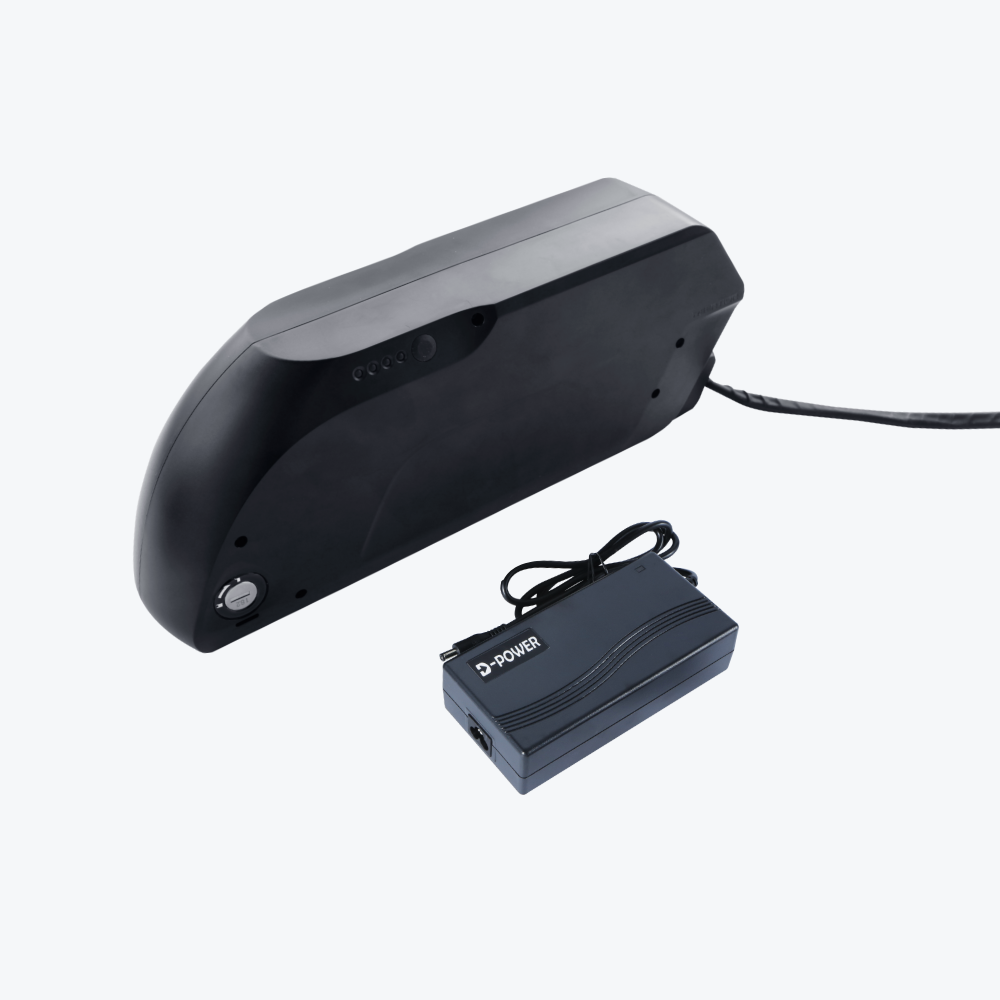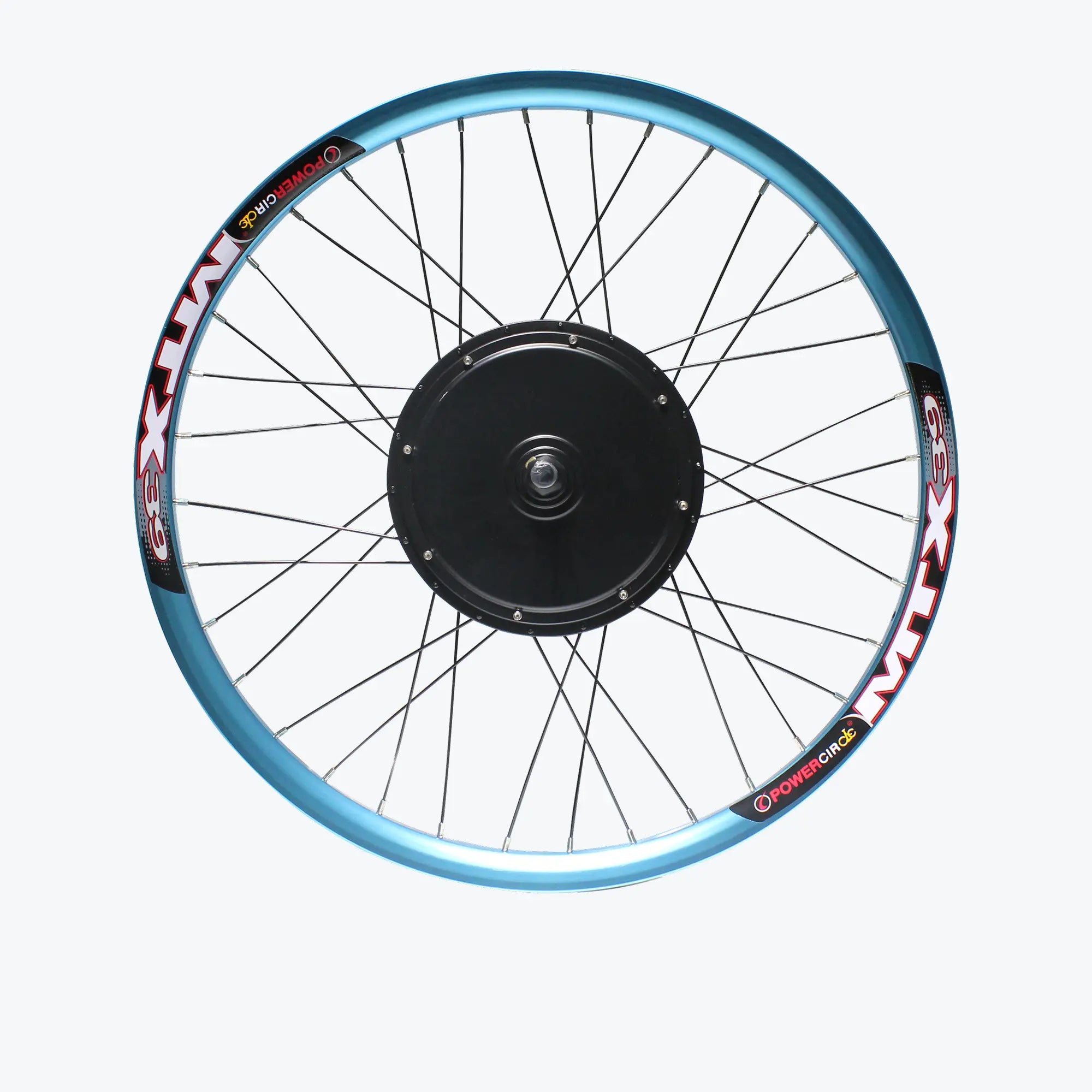Cycling lovers always appreciate when they are in the best form throughout practice or during the race. The essentials belong to cycling cleats and cycling shoes. They are important in improving efficiency while pedalling and improving comfort while riding. Here, we will give insight into cycling cleat types and guide beginners to choose the right cycling cleats.
Whether you are a beginner, a professional cyclist, or just a cyclist planning to buy new cycling equipment, familiarizing yourself with your choices may help dramatically improve your cycling experience. Read on to learn more about cleats cycling and be able to make the right choices.
Unlock your best ride yet with perfectly fitted cycling cleats!

Key Takeaways
- Proper cycling cleat installation boosts pedalling efficiency and rider comfort.
- Cleat positioning on cycling shoes should ensure optimal power transfer.
- Cycling shoes must fit snugly but not too tight for comfort and performance.
- Adjust cycling shoe tightness during rides to accommodate foot swelling.
How To Fit Cleats To Cycling Shoes
Installing cycling cleats into your cycling shoes can significantly enhance your riding experience. Properly setting the cleats ensures that the power generated by your legs is efficiently transferred to the pedals, reducing the risk of accidents.
Steps to fit cleats to cycling shoes
- Gather the shoe's sole required objects, including a marker, an Allen key, and cleats.
- Mark the Ball of Your Foot: The following steps are: Wear your cycling shoes and find the ball of your feet. Place a dot outside the shoe with the marker, preferably close to the toe area.
- Align the Cleats: Position the cleats on the shoe's sole, specifically ensuring that the holes in the cleat are aligned with the bolt holes. The front of the cleat should be placed just forward of the ball-of-foot mark you made.
- Install the Cleats: Pass the bolts through the cleats and screw the nuts on; tighten with an Allen key. Make sure the cleats are perpendicular by aligning them with the shoe sole.
- Adjust the Tension: To set the cleat tension to the desired level, the tension screws of the cleats can be utilised. Since first-time users may feel uncomfortable in such environments, they may prefer more relaxed environments, which can be easily left if needed.
Unlock your cycling potential with perfectly installed cleats for a smoother, safer ride!
Check out Cycling with Cleats: Everything you need to know.

Where Should Cleats Be Positioned On Cycling Shoes
The stance of the cleat's cycling shoes matters because it determines the force exerted on the pedals and the possibility of losing balance. Here are some guidelines to follow:
- Fore-Aft Position: According to the shoe, the cleats should be positioned where the ball of your foot is over the pedal axle. This position provides the best results in power transfer.
- Side-to-Side Position: Align the cleats more toward the middle of the shoe sole to reduce possible pressure on your legs' knees and hips.
- Angle (Float): The cleats should be in such a way that they permit good foot positioning; this should range between 0 and 15 degrees. This float is rather protective for our knees to avoid strains or injuries.
- Trial and Error: Moving the cleat down or up further may be a learning process and take several tries. Riding briefly with minor changes in the settings will help find the ideal and comfortable posture and position.
Check out How to find your ideal cycling weight.
How Should Cycling Shoes Fit
Your cycling shoes must fit perfectly and properly for comfort and functionality. Here are some tips to ensure your shoes fit properly: Here are some tips to ensure your shoes fit properly:
- Snug but Not Tight: This piece of clothing, cycling shoes, should fit your feet tightly but not hinder the blood circulation in the affected part. Your toes should not be cramped up or pressed against the toe bar.
- Arch Support: Select shoes that support your arch well; this should be by your foot's arch shape.
- Heel Cup: The heel of the shoe should be snug and not slide during pedalling. In choosing shoes, one of the things you have to look for is a well-designed heel cup.
- Width: Ensure the shoes are wide enough or have enough space to avoid foot squeezing or numbness.
- Try Different Brands: This is quite normal; therefore, one should try different brands to determine which suits them best.
Find your perfect fit and ride with unmatched comfort and performance!

How Tight Should Cycling Shoes Be
Your cycling shoes must be tightly fit depending on the comfort level you need and the performance you want to achieve.
- Snug Fit: Your cycling shoes must fit properly on your feet so that your foot is not moving inside the shoe, but at the same time, they are not too tight, so they feel uneasy on the feet and hamper the flow of blood.
- Adjustable Closures: These are Velcro straps, buckles, or BOA dials to easily get the tightness you desire since one size cannot fit all. Ensure that the shoe is tightly tied and equally tight from the toe end to the heel.
- Toe Box: Although reasonable, your toes should have some wiggle room in the toe box part of the shoe.
- Midfoot and Heel: Arguably, the midfoot and the heel areas should have more support to enhance the shoe's stability and ability to deliver power.
- Check During a Ride: Tighten it before the ride and then try to check the tightness again after a few minutes of riding the bicycle. Feet may be sore and can even swell during exercise, so it will have to be adjusted.

Ebike Conversion Kits
Kirbebike has an extended range of e-bike conversion kits that transform a standard bicycle into an electric one. An e-bike conversion kit is a cheaper method of utilising an e-bike without owning a new bike. They are easy to install, and our kits contain everything: the motor, the battery pack, and the controller. Improve your cycling and upgrade to the next level using an e-bike.
FAQs
How do I install cycling cleats on my shoes?
Employ the Allen key to properly position and tighten cleats with your shoe's sole.
Where should I position cycling cleats on my shoes?
Fit your cycling shoes to ensure the ball of your foot covers the pedal axle.
What types of cycling cleats are available?
Road bike cleats and mountain bike cleats are also available, and some can fit both; this depends on the cycling needs of the rider.
Are there beginner-friendly cycling cleats?
Yes, some cleats have the engagement and release tension, making it easy for the cleat to engage with the shoe.
Conclusion
It is important to understand that adding cycling cleats to your shoes is a step that will give your cycling a certain improved feel, not to mention comfort. By strictly adhering to the instructions about the placement of cleats and shoes, you are likely to delay or even avoid some discomfort during cycling.
Remember that the proper choice of shoe size and the correct position of the cleats will help to avoid injuries and increase the effectiveness of your power transfer. You should also look at Kirbebike's range of e-bike conversion kits to search for cycle rides to the next level.
If you are looking for serious cycling cleat types or CG cleats for beginners, our guide is all you need to help you make good decisions for your cycling endeavours.
Upgrade your ride with perfect cycling cleats and Kirbebike's e-bike conversion kits. Follow our guide for comfort and performance!




























